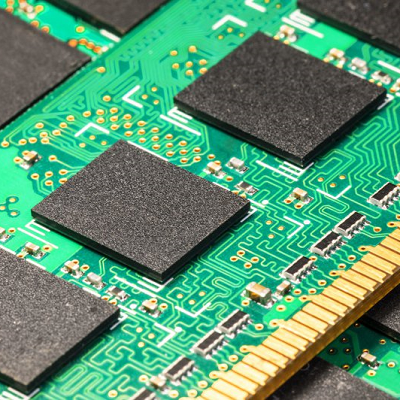NOR FLASH
NOR Flash memory is one of two types of non-volatile storage technologies. NAND is the other. Non-volatile memory doesn't require power to retain data. NOR and NAND use different logic gates -- the fundamental building block of digital circuits -- in each memory cell to map data. Both types of flash memory were invented by Toshiba, but commercial NOR Flash memory was first introduced by Intel in 1988. NAND flash was introduced by Toshiba in 1989. NAND memory devices are accessed serially, using the same eight pins to transmit control, address and data information. NAND can write to a single memory address, doing so at eight bits -- one byte -- at a time.
When it comes to power consumption, NOR Flash memory requires a higher power current than NAND when it is first powered on. However, once powered on, the standby power requirement for NOR is much lower than NAND. Therefore, NOR is generally better for random reads from memory, whereas NAND is more efficient at writes, erases and sequential reads. NOR Flash is most often used in mobile phones, scientific instruments and medical devices. NAND has found a market in devices to which large files are frequently uploaded and replaced, such as MP3 players, digital cameras and USB (Universal Serial Bus) flash drives.






































